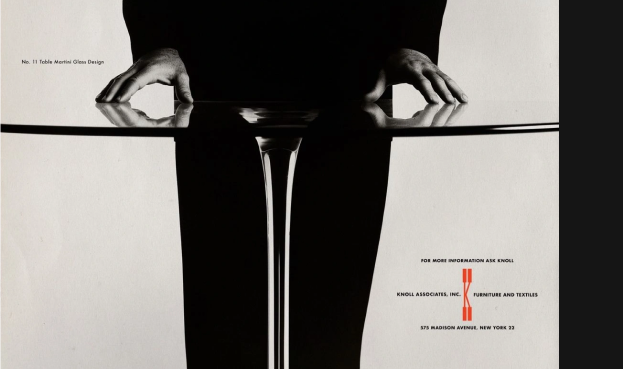


Artificial intelligence today resembles an ocean. At first glance, it’s captivating with its beauty and limitless possibilities: smart systems work tirelessly, completing tasks faster and more accurately than humans, and companies see this as a path to efficiency and growth.
But, just like any ocean, beneath the surface lie currents that can sweep us away. The main threat is the mass disappearance of jobs. If we once viewed AI as a replacement for routine mechanical tasks, now it’s encroaching on intellectual labor. From metallurgy to logistics, machines are steadily replacing humans, as they don’t need breaks, sick leave, or salaries.
The risks for the job market are immense: millions of specialists might find themselves out of work. For example, the concept of self-driving cars could eventually leave millions of drivers unemployed.
Yet, even in this ocean, there’s still a shore for humanity. AI accelerates the work of designers, programmers, and engineers, but it can’t replace their creativity, their sense of style, and their ability to read emotions.
It’s important to remember: not all old methods are obsolete. Human interaction, personal connection, and the ability to sense a person’s mood are still beyond AI. Plus, traditional methods can be more cost-effective than integrating AI, which requires time and resources.
AI makes life easier, but it may not help us grow intellectually. This is especially concerning for children, who find it easier to rely on virtual assistants than to do mental calculations themselves.






